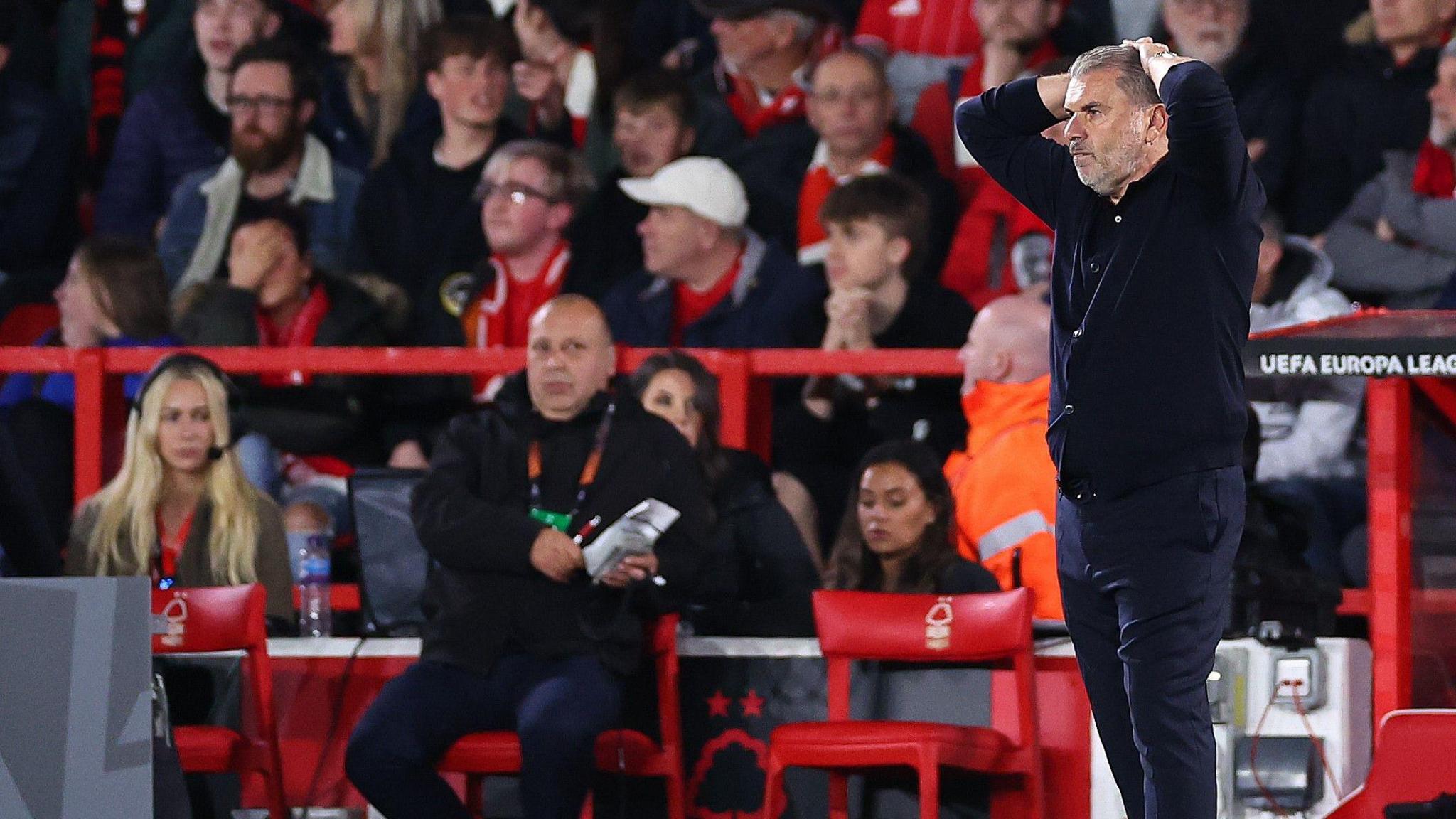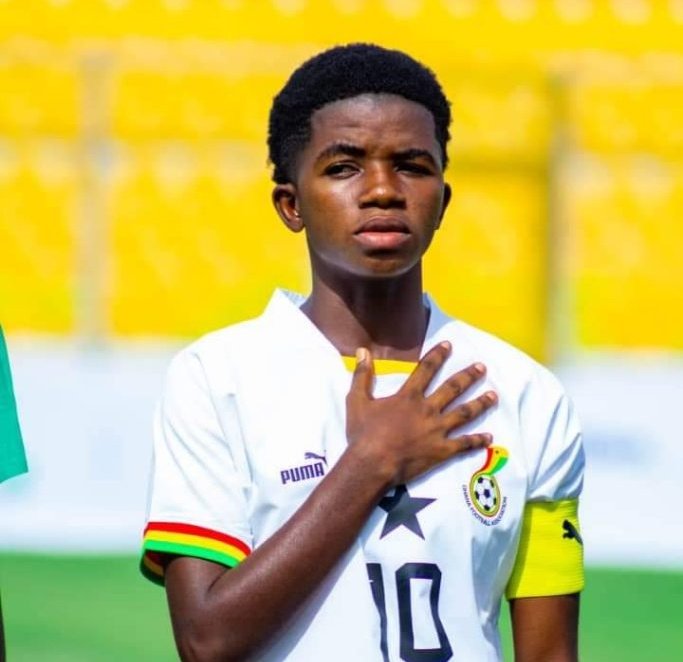Five innovations have been introduced into the new Club World Cup to be held in the U.S
Five things you need to know about the FIFA Club World Cup
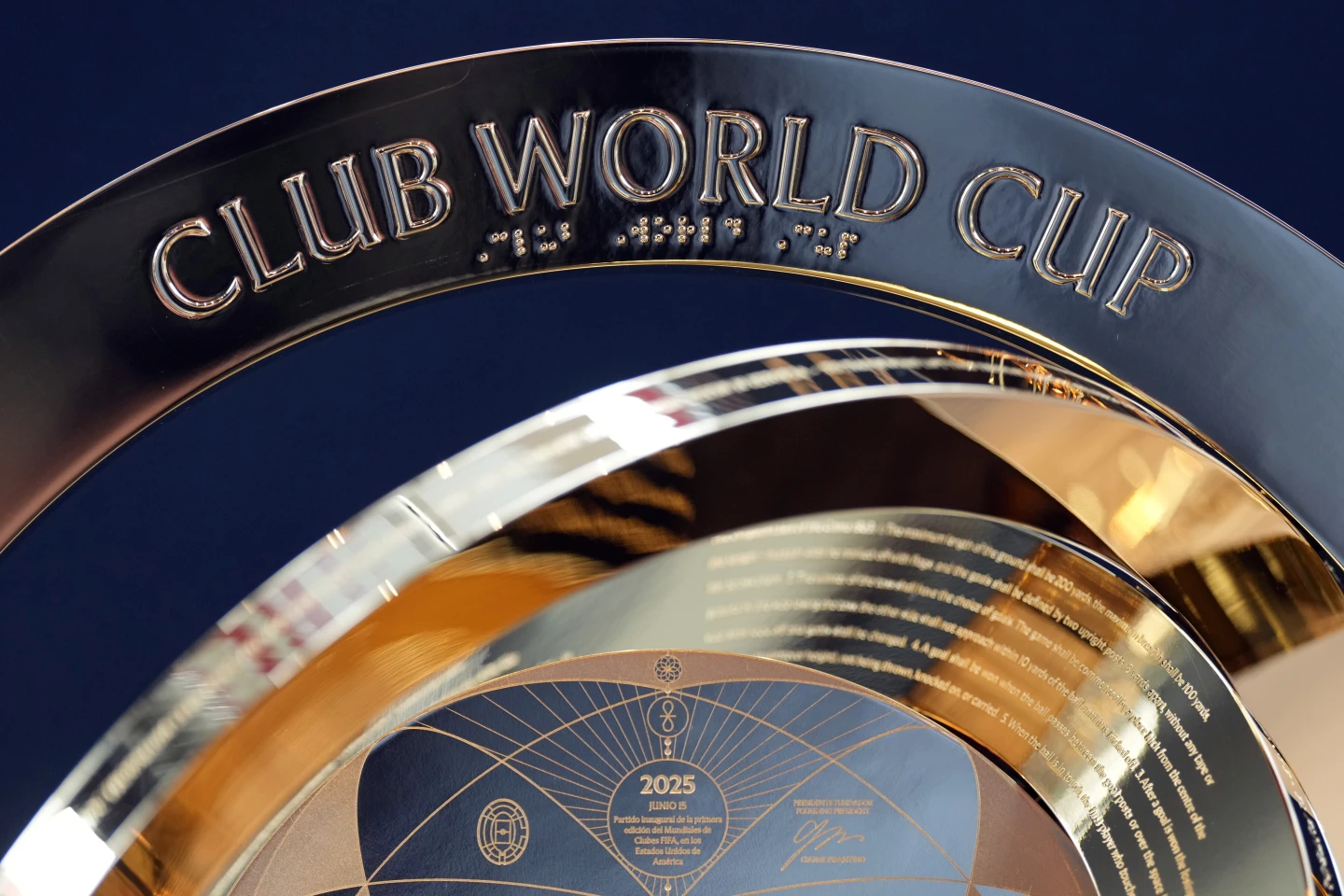
The newly expanded FIFA Club World Cup kicks off in Miami on June 14, with a new-look 32-team tournament hosting some of the best clubs in the world.
The maiden edition of the Club World Cup will include 32 teams for the first time, with each governing body’s six confederations – AFC (Asia), CAF (Africa), CONCACAF (North America and the Caribbean), CONMEBOL (South America), OFC (Oceania), and UEFA (Europe) – will be represented.
The previous edition of the tournament was an annual event held at a single location and featured only seven clubs, with a total of seven matches played in less than two weeks.
Read more: Cristiano Ronaldo hints at leaving Al-Nassr but rules out retirement
The new Club World Cup will feature 63 matches staged over 29 days in the United States – host cities include Atlanta, Cincinnati, Charlotte, Los Angeles, Miami, Nashville, New York/New Jersey, Orlando, Philadelphia, Seattle, and Washington, D.C.
Clubs will be divided into eight groups of four teams, who will compete against each other in a mini-league, with the top two advancing to a knockout stage that runs from the round of 16 to the final.
Some of Europe’s biggest teams will take part, including Real Madrid, Manchester City, Bayern Munich, Juventus, this year’s Champions League winner Paris Saint-Germain and runner-up Inter Milan.
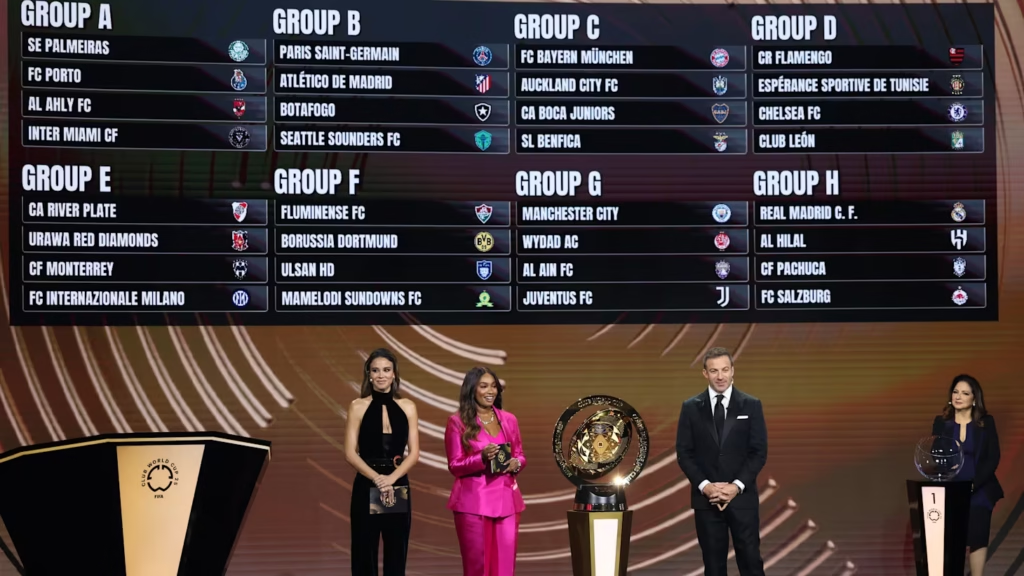
From South America, top Brazilian clubs Fluminense, Flamengo, Palmeiras and Botafogo — all recent winners of Copa Libertadores, South America’s top clup competition — will participate, while River Plate and Boca Juniors will represent Argentina.
Inter Miami, Seattle Sounders, and Los Angeles FC will represent the United States. Mexico will be represented by Monterrey and Pachuca, while top teams from Asia, Africa, and Oceania will also have representations.
Surprisingly, the likes of European giants Barcelona, Liverpool, and Manchester United failed to meet FIFA’s qualifying criteria based on winning continental titles like the Champions League over the previous four years, and ranking points.
With a total prize fund of $1 billion, the winner of the Club World Cup could earn $125 million.
Each team is guaranteed to earn between $3.58 million and $38.19 million just for taking part. Additional prize money is awarded as teams advance in the competition; a spot in the final is worth $30 million on its own.
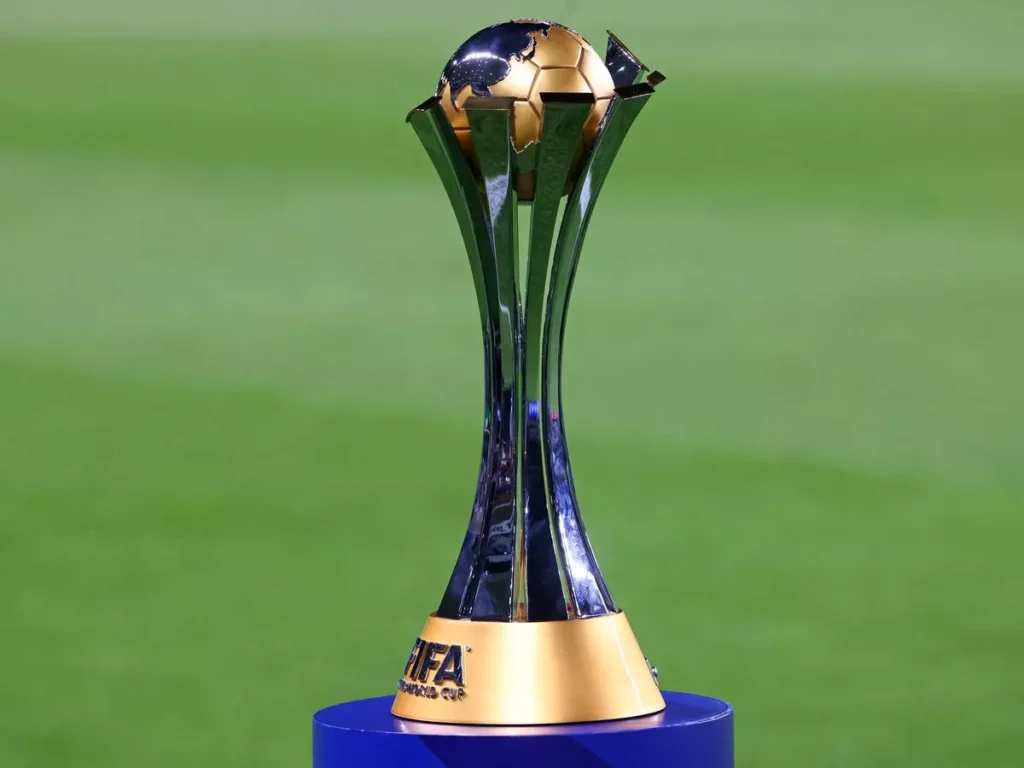
Now, the most exciting news:
Body Cameras
Referees will now wear body cameras at the competition, following the International Football Association Board’s approval. The footage will be used by FIFA Club World Cup 2025™ Exclusive Global Broadcaster DAZN as part of live match broadcasts during the tournament.
One of the primary objectives of this test is to determine whether the new camera angle can enhance the viewing experience for those watching on television and online by providing a more captivating view from the referee’s perspective. Furthermore, FIFA will use the findings from the tournament to create guidelines for the use of such cameras in football.
Footage from referee reviews live at stadiums
Besides broadcast developments, fans following the action at the stadiums will now also benefit from seeing exactly what the referee views on the monitor in the referee review area during on-field reviews.
The footage will be displayed live on the giant screens, which will make it easier for fans to understand the decision-making process and enhance transparency.
Advanced semi-automated offside technology
Following successful trials at the FIFA Intercontinental Cup 2024™ and a number of FIFA’s youth tournaments, an advanced version of semi-automated offside technology will be in place at the FIFA Club World Cup 2025, with the aim of making the decision-making process for offside situations as fast as possible.
The enhanced technology will utilise multiple cameras, a sensor inside the ball, and artificial intelligence. The system tracks players’ positions and the ball, providing automated, real-time alerts to match officials in the event of a clear offsides.
However, for challenging offside scenarios, the video assistant referee will still validate the information provided by the system before the decision is taken.
Artificial intelligence-driven data
For the first time at a major tournament, FIFA will utilize algorithms developed by Football Technology Centre AG, its joint venture with Hawk-Eye Innovations Ltd, to automatically gather most of the live event data based on the available tracking information.
Substitutions
Lastly, FIFA has introduced a substitution tablet, which will replace traditional paperwork and manual communication to rationalize and order the substitution process.
Each team will be handed a tablet before kick-off to manage requests digitally, ensuring that everyone who needs this information is aligned and providing a clear overview of remaining substitutions.
Topics:
Subscribe to Our Newsletter
Keep in touch with our news & offers








